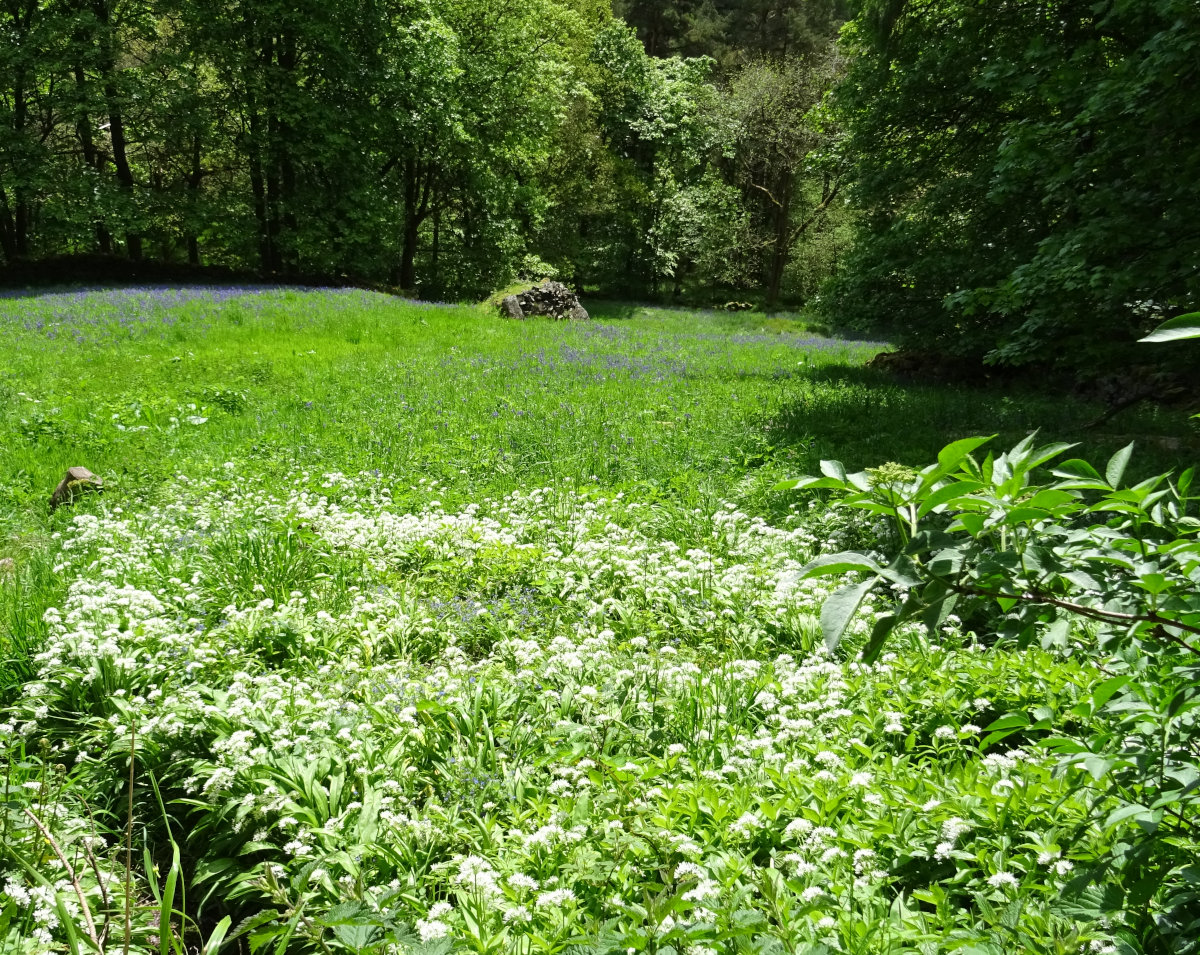Foraging at Hardcastle Crags

The National Trust frowns on foraging on their land and if you are found you may get told off. Luckily there are almost no staff left and there is plenty of land in the area they don't own.
Hardcastle Crags is a great place to go foraging, as there are a variety of edible plants that grow in the area.
Here are some of the things you can forage for at Hardcastle Crags:
- Blackberries: Blackberries are a delicious and nutritious fruit that are in season from August to September. They can be found growing in hedgerows, woodland edges, and on waste ground.
- Bilberries or wild blueberries: Found on the higher slopes these small and tasty fruits begin to ripen in early July.
- Mushrooms: Many edible mushrooms can be found growing in woodland, on grassy slopes, and in gardens.
- Sloe berries: There are many blackthorn bushes in and around the crags.
- Dandelion: Dandelions are a common weed, but they are also a very nutritious plant. The leaves can be eaten raw in salads, or they can be cooked like spinach. The flowers can also be eaten, and they make a delicious honey.
- Watercress: This powerful green can be found in some of the small streams in the woodland.
- Apples: There are quite a few cultivated, wild and crab apple trees.
- Elderberries: Elderberries are a tart fruit that is in season from September to October. They can be found growing in hedgerows and woodland edges. Elderberries can be made into wine, jelly, or syrup.
- Nettles: Nettles are a leafy green vegetable that is in season from spring to autumn. They can be eaten raw in salads, or they can be cooked like spinach. Nettles are a good source of vitamins and minerals.
- Wild garlic: Wild garlic is a type of herb that is in season from March to May. It has a strong garlicky flavor, and it can be used in cooking. Wild garlic can be found growing in woodland, on grassy slopes, and in gardens.
It is important to note that not all plants are safe to eat, so it is important to be sure of your identification before you forage. You should also be aware of any local laws or regulations that may apply to foraging.
If you are new to foraging, it is a good idea to start with some of the more common and easily identifiable plants. There are a number of books and websites that can help you to identify edible plants.
Foraging is a great way to connect with nature and to enjoy the fresh, local flavors of the countryside. With a little bit of knowledge and preparation, you can safely and ethically forage for some of the delicious plants that grow at Hardcastle Crags.
